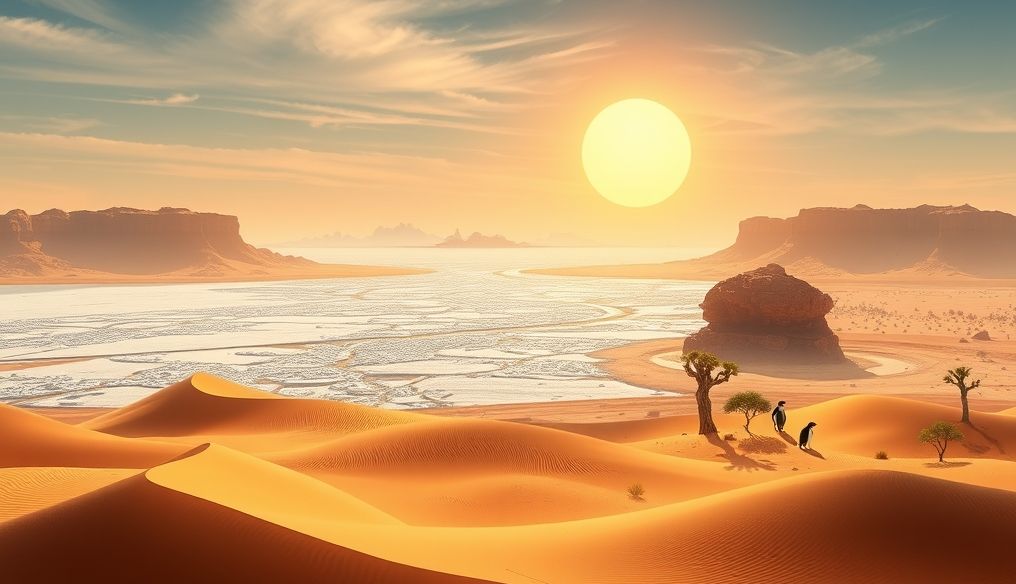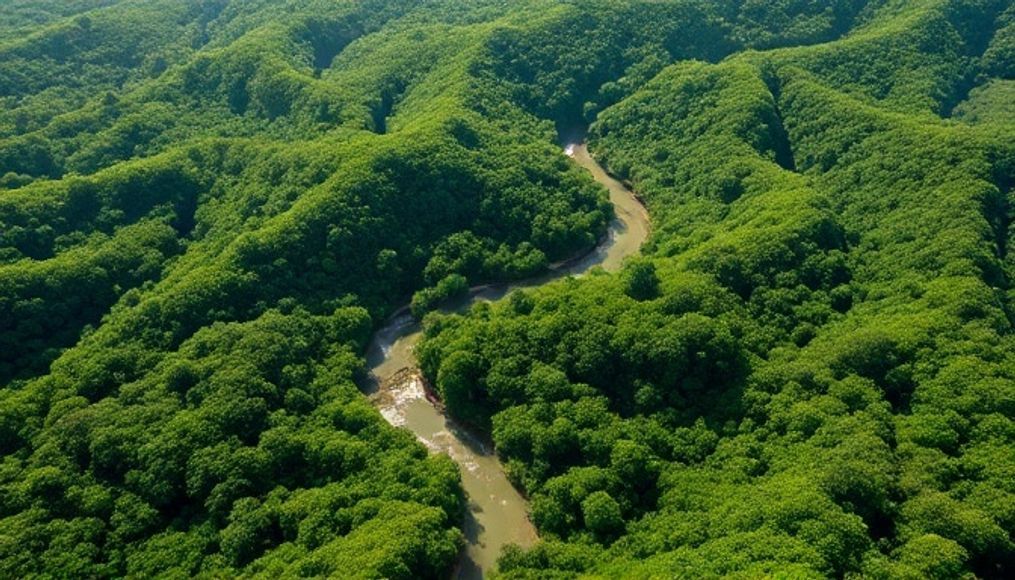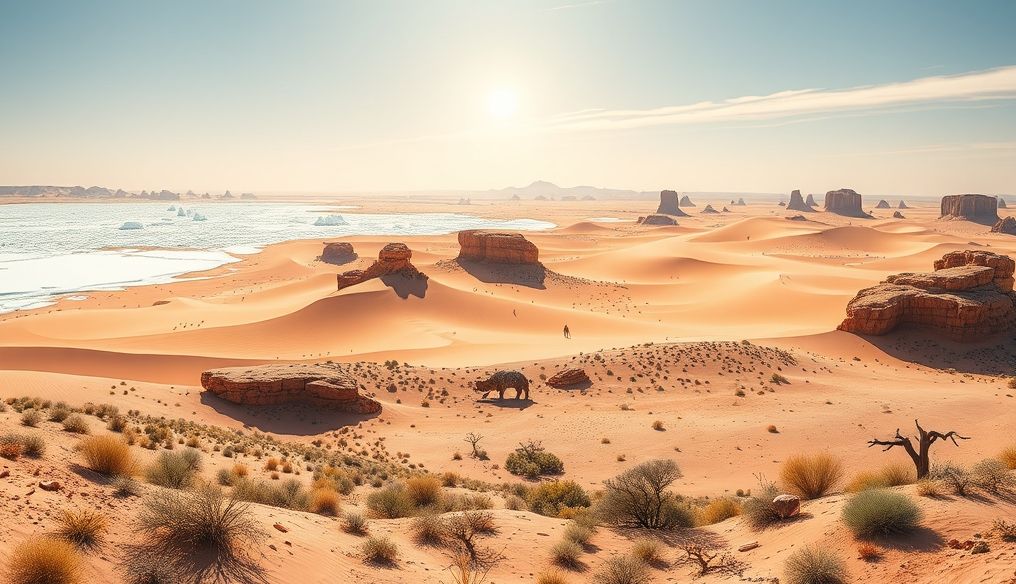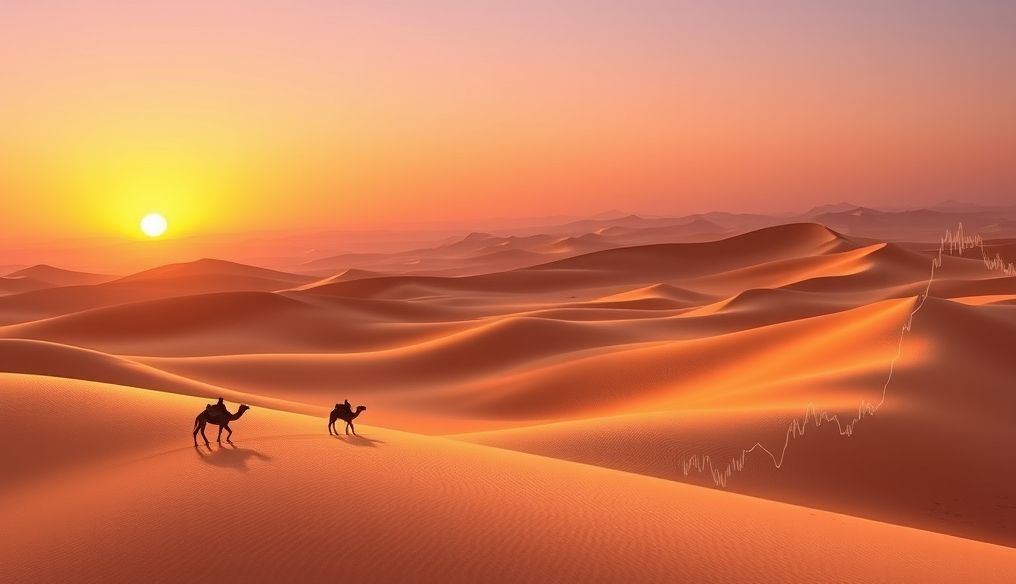What are the Largest Deserts in the World and What Distinguishes Them?
When we think of deserts, images of vast sand dunes and intense heat often come to mind. However, deserts are not just barren expanses of sand; they are diverse and fascinating ecosystems, each with its unique characteristics. In this article, we will explore the largest deserts in the world and learn what distinguishes each one.
1. Antarctica: The Frozen Desert
It may seem strange to consider Antarctica a desert, but it is, in fact, the largest desert in the world. A desert is defined as a region that receives little precipitation (less than 250 mm per year), and Antarctica meets this criterion. In addition, Antarctica is characterized by extremely harsh climatic conditions, with temperatures reaching freezing levels and strong snowstorms.
Distinctive Features of Antarctica:
- Area: Approximately 14 million square kilometers.
- Climate: Extremely cold, with an average annual temperature below freezing.
- Wildlife: Despite the harsh conditions, there is limited wildlife, such as penguins, seals, and some types of algae.
- Scientific Importance: Antarctica is an important center for scientific research, where scientists study climate change, geology, and biology.
2. Sahara Desert: The African Sea of Sand
The Sahara Desert is the second largest desert in the world, stretching across North Africa. It is known for its vast sand dunes and intense heat, but it is also home to a diverse range of plants and animals that have adapted to the harsh conditions.
Distinctive Features of the Sahara Desert:
- Area: Approximately 9.2 million square kilometers.
- Climate: Hot and dry, with significant temperature variations between day and night.
- Wildlife: Includes camels, desert foxes, scorpions, and lizards.
- Culture: The Sahara Desert has been an important trade route for centuries and is still home to many nomadic communities.
3. Arabian Desert: Cradle of Civilizations
The Arabian Desert is located in West Asia, covering most of the Arabian Peninsula. It features diverse terrains, including sand dunes, rocky mountains, and dry valleys.
Distinctive Features of the Arabian Desert:
- Area: Approximately 2.33 million square kilometers.
- Climate: Hot and dry, with significant temperature variations between summer and winter.
- Wildlife: Includes the Arabian oryx, wolves, foxes, and birds of prey.
- Historical Significance: The Arabian Desert was the cradle of ancient civilizations, such as the Nabataean and Sabaean civilizations.
4. Gobi Desert: Bitter Cold and Strong Winds
The Gobi Desert is located in northern China and southern Mongolia. It is characterized by a cold and dry climate, with significant temperature variations between summer and winter. It is also known for its strong winds and sandstorms.
Distinctive Features of the Gobi Desert:
- Area: Approximately 1.3 million square kilometers.
- Climate: Cold and dry, with long, cold winters and short, warm summers.
- Wildlife: Includes Bactrian camels, gazelles, wolves, and eagles.
- Geological Importance: The Gobi Desert contains many important fossil sites, where many dinosaurs have been discovered.
5. Kalahari Desert: Red Sands and Diverse Life
The Kalahari Desert is located in southern Africa, covering parts of Botswana, Namibia, and South Africa. It is characterized by its red sands and diverse wildlife.
Distinctive Features of the Kalahari Desert:
- Area: Approximately 900,000 square kilometers.
- Climate: Semi-arid, with hot summers and mild winters.
- Wildlife: Includes lions, cheetahs, giraffes, antelopes, and many types of birds.
- Culture: Home to the Bushmen people, one of the oldest peoples in Africa.
6. Patagonian Desert: The Rain Shadow Desert
The Patagonian Desert is located in Argentina and Chile. It is known as a rain shadow desert, where the Andes Mountains block moisture from the Pacific Ocean.
Distinctive Features of the Patagonian Desert:
- Area: Approximately 673,000 square kilometers.
- Climate: Cold and dry, with strong winds.
- Wildlife: Includes guanacos, pumas, armadillos, and many types of birds.
- Geological Importance: Characterized by unique geological formations, such as deep valleys and extinct volcanoes.
7. Great Victoria Desert: Australia's Beating Heart
The Great Victoria Desert is located in Western Australia and features diverse terrains, including sand dunes, rocky mountains, and salt lakes.
Distinctive Features of the Great Victoria Desert:
- Area: Approximately 400,000 square kilometers.
- Climate: Hot and dry, with significant temperature variations between day and night.
- Wildlife: Includes kangaroos, wallabies, lizards, and birds of prey.
- Culture: Home to Australian Aboriginal people, who have lived in the area for thousands of years.
8. Great Basin Desert: Arid North America
The Great Basin Desert is located in the western United States and is characterized by its high elevation and biological diversity.
Distinctive Features of the Great Basin Desert:
- Area: Approximately 492,000 square kilometers.
- Climate: Cold and dry, with significant temperature variations between summer and winter.
- Wildlife: Includes jackrabbits, coyotes, and eagles.
- Environmental Importance: It is home to many rare and endangered plant and animal species.
Conclusion
Deserts are not just barren areas; they are complex and fascinating ecosystems. From the frozen Antarctica to the hot Sahara, each desert is characterized by its unique features and diverse wildlife. Understanding these deserts and their importance is crucial for preserving the biodiversity of our planet.




